Here’s a fact for you; the Hyundai Tucson has been the Korean brand’s best selling model in the UK and Europe since its launch in 2015. Therefore, the new, facelifted model has got quite a lot riding on its SUV-sized shoulders. It’s a car that faces stiff competition, and I recently drove it to how it stacks up.
What’s new?
The updated Tucson brings tweaked looks, better convenience, more technology and a revised range of engines. For the time being, let’s focus on the last point – the engines. There are two petrols and three diesels to choose from; and it’s the 2.0 litre diesel I have in the model tested here. It’s the most powerful engine out of the bunch, producing 182bhp with 400Nm of torque. This power is fed to Hyundai’s HTrac AWD system via an 8-speed automatic gearbox.

A little electrical help
This engine also makes use of a 48v mild-hybrid system, which is able to offer better fuel economy by supporting the engine under acceleration as well as recuperating energy from braking that would otherwise be lost. It works away effortlessly in the background, and you would not even know it was there if it had been pointed out to you. As a result of this system, you can expect 49.6mpg of combined fuel economy on a combined run as well as 151g/km of CO2 emissions.
This means you’ll have a fair whack of VED to pay, as you’ll be required to cough up no less than £830 for the first year, plus this engine is unsurprisingly not as frugal as others available. If you’re after such an engine, you’ll need to opt for the 134bhp 1.6 litre diesel, which offers up to 58.9mpg on a combined run with CO2 emissions coming in at a more respectable 125g/km. The 2.0 litre diesel is the only engine you can have if you want all wheel drive though, so that’s worth bearing in mind.
What’s it like to drive?
Sadly, I wasn’t able to test the Tucson’s off-road credentials on my short drive, but let’s face it, owners are more likely to spend the majority of the time on the blacktop anyway. As with most SUVs, you get a high, commanding driving position, allowing you to get a good view of the road ahead. The 2.0 litre engine has a good amount of pull to it, making progress pain-free and easy.
Like the i30 Fastback I drove earlier in the day, the Tuscon has a sport mode, which does seem a bit redundant in a car such as this if you ask me, but it does make the car feel more peppy if desired. The 8-speed auto works well, it’s smooth and works away effortlessly – more so than the 7-speed I tried in the Fastback.
This 2.0 litre engine offers 182bhp along with 400Nm of torque, which is mated to all wheel drive and an 8-speed automatic. 62mph is dealt with in 9.5 seconds and it will continue to a top speed of 125mph. In case you’re not keen on this engine, you have a choice of four other engines.
There’s a naturally aspirated 1.6 litre petrol and a turbocharged version, which provide respective power outputs of 130 and 175bhp. There’s also a 1.6 litre turbocharged diesel, which can be had in either 113 or 134bhp.
There is a firm edge to how the car rides, but on the whole it makes for a comfortable cruiser and it’s not too bad in the bends either. I wouldn’t go so far to call it dynamic, but the Tucson is able to offer up a pleasant enough driving experience. There’s a decent amount of grip in the corners, but you can feel the car’s weight in the corners thanks to the extra weight of the all wheel drive system as well as the the mild hybrid system.
Thanks to the the torquey diesel and the slick 8-speed auto, the Tucson is an easy car to drive. Visibility is good, and getting a good driving position is dead easy as there is plenty of adjustment. The dash is well laid out, too, although it’s not the most exciting to look at. It does have soft touch materials to offer better quality, though.
Is it spacious?
The front offers a good amount of space, and as mentioned above, getting a good driving position is simple. There are plenty of cubbyholes to be had in the front, as well as a sunglasses holder. Rear space is also decent; I definitely had enough space when I was sat behind a driver’s seat that had been altered for me, so carrying adults in the back should bring little complaint.
An SUV needs to have a decent sized boot, and the Tucson fares well here, as it offers 513 litres – more than a Nissan Qashqai. The loading bay is flat as a pancake and there’s no annoying lip, which is great for loading heavier, awkward items. If you need more space, you can of course fold down the 60/40 rear seats to give you 1,503 litres, which should be more than enough for your needs. However, it’s worth mentioning, this particular model has got a smaller boot, so it offers 484 litres with the rear seats up and 1,474 litres with them down.
Does it offer a good level of kit?
If you’re looking to buy a Tuscon, you’ll be glad to know that you won’t be faced by a million and one variations, as there are four trim levels available; S Connect, SE Nav, Premium and Premium SE.
S Connect starts from £21,845, and is able to offer features such as 16″ alloys, 7″ touchscreen, DAB radio, Bluetooth, smartphone connectivity, autonomous emergency braking, lane keep assist, dual zone climate control, rear parking sensors, front fog lights, leather steering wheel and gearknob, as well as a rear view camera.
The SE Nav starts from £23,345, and is able to add 8″ touchscreen, navigation, 17″ alloys, privacy glass, LED tail lights, front and rear parking sensors, automatic wipers and auto dimming rear view mirror to name a few.
Next up, you have the Premium trim level, which starts from £25,845, and is the model tested here. This adds 18″ alloys, electrically adjustable front seats, heated front and outer rear seats, keyless entry, wireless phone charging, KRELL audio system, leather seats, blind spot detection system and rear cross traffic alert.
That leaves the range-topping Premium SE, which starts from £29,745. On top of the Premium, the Premium SE offers LED headlights, adaptive cruise control, around view monitor, panoramic roof, heated steering wheel, ventilated front seats, 19″ alloys and electric tailgate.
Should I buy one?
The Tucson is not really a standout car in its field, but it does all the simple things well, and it’s most definitely a competent example in its segment on the market. It’s easy to see why Hyundai didn’t change too much for the facelift model as the previous model was a decent base in which to work with. It’s a car that ticks lots of boxes, plus it has a five year warranty. I don’t think the 2.0 litre engine with the mild hybrid is the best option though, as it’s quite pricey and I suspect the majority of buyers can forgo the all wheel drive option.




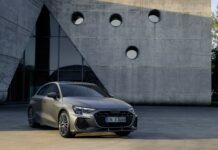
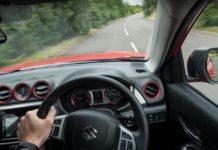


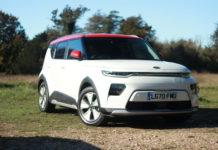







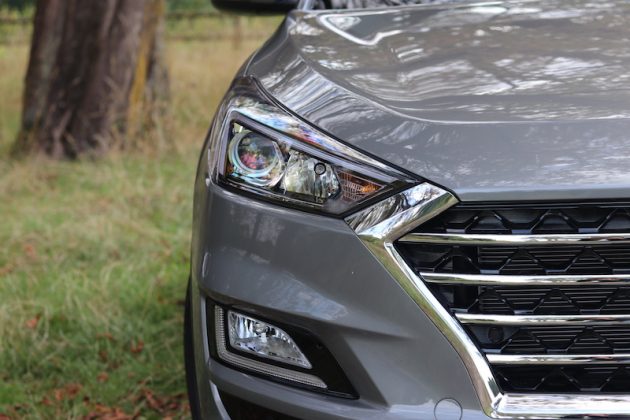
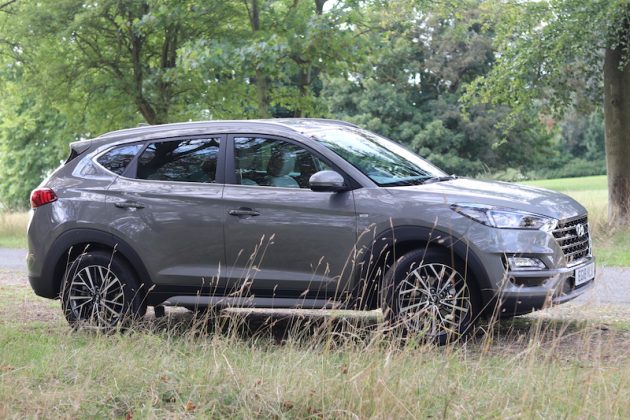
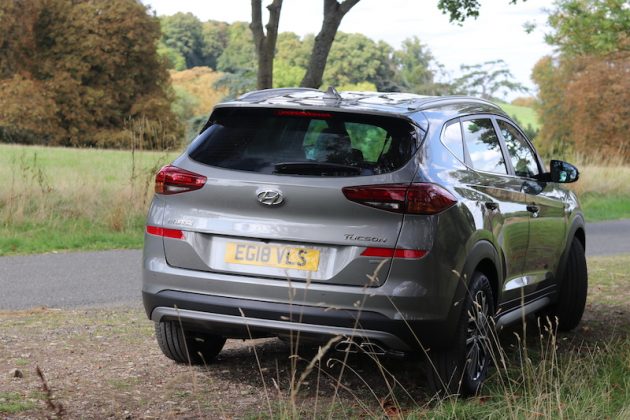

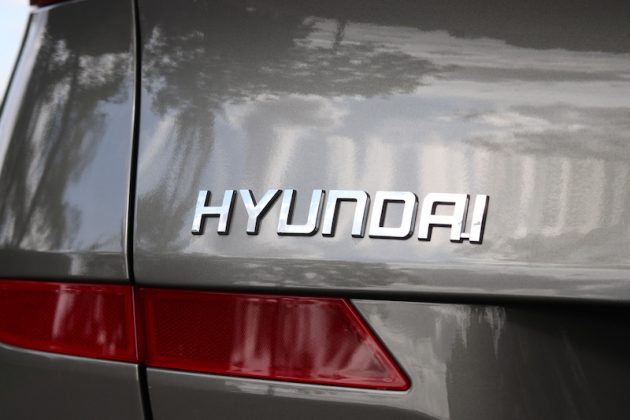
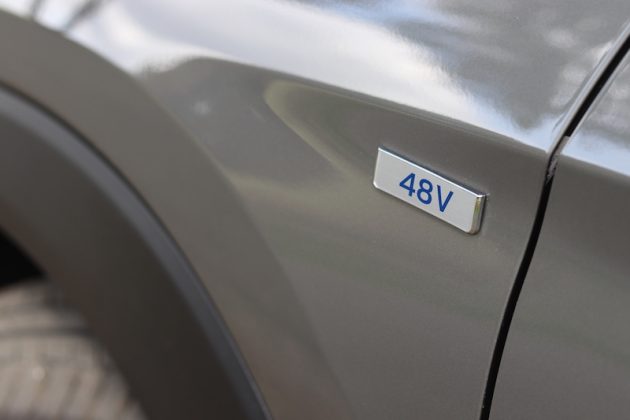


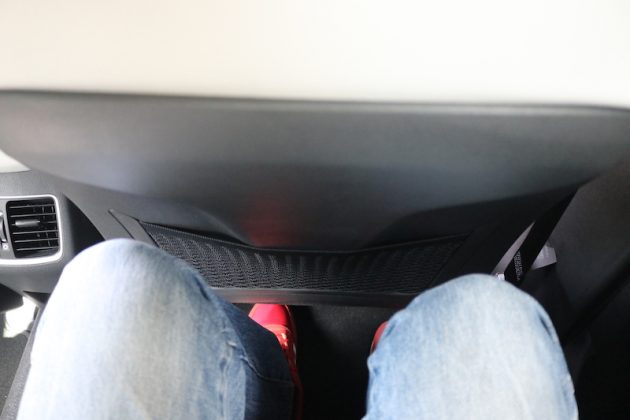


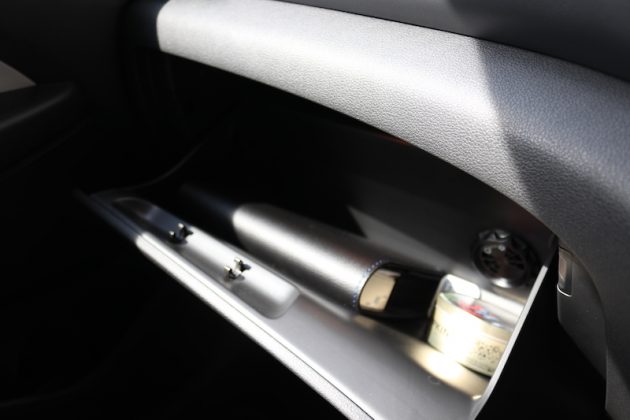

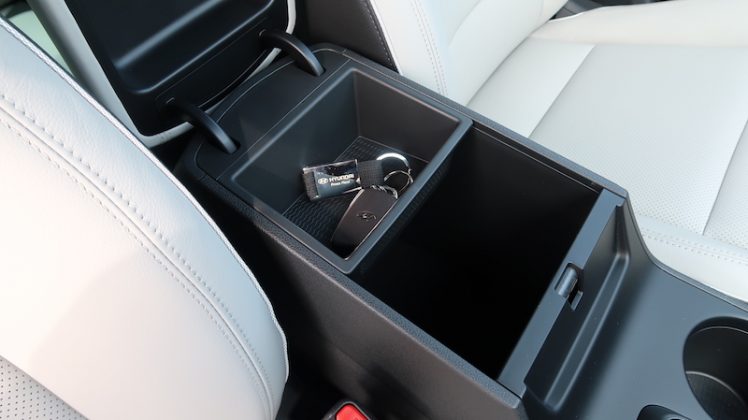




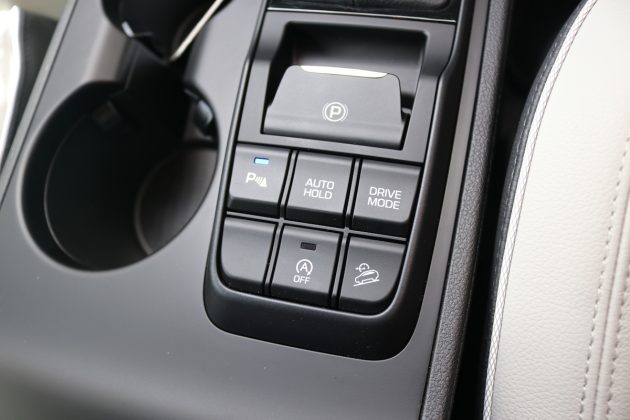

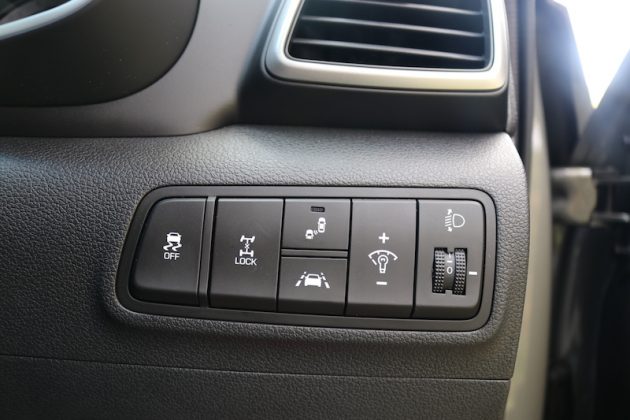
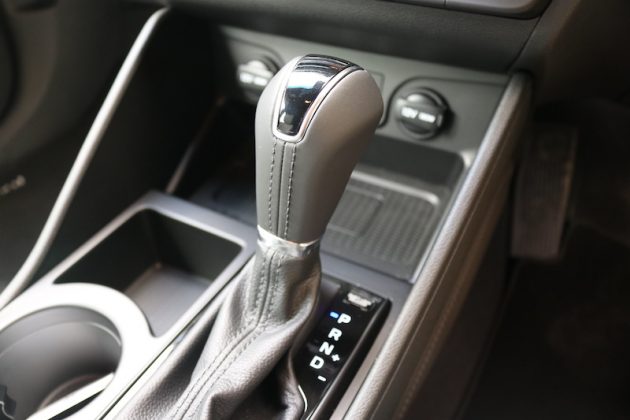
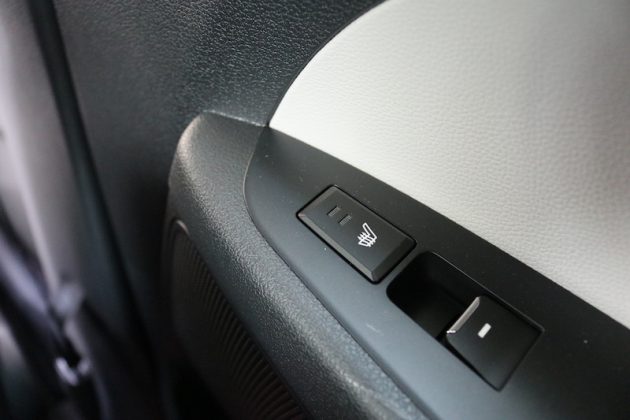


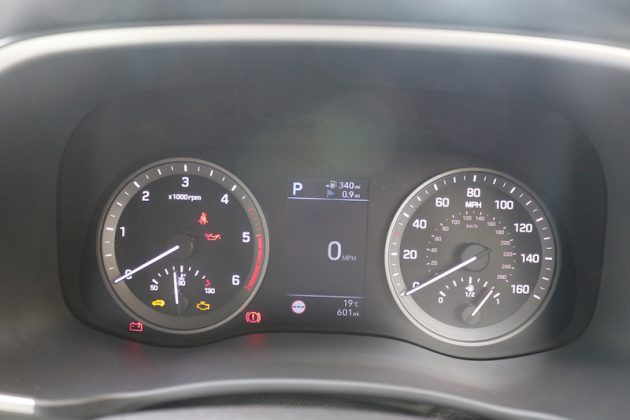
Which model would you recommend if you wanted a punchy drive yet remaining economical?
Hello Jair, thanks for reading this article. Do you mean which Tucson model would be best, or best SUV in general?